Bethlehem Range
The Archery Range features a 60 yard range with yard markers every 10 yards. The main range includes two large bag targets for bows and crossbows and a separate target for broadheads (during hunting season). On occasion, a 3D target is set out for the members and guests to use. Broadheads are allowed on the range but only on the designated target. Cross bows are allowed at the range, bag targets only.
Equipment
We are currently looking to expand our inventory in order to have bows, arrows and targets for our youth and members new to the sport of archery to utilize. Sponsors are welcome.
Intro to 3 D Archery
3D archery refers to shooting at three-dimensional life-like targets – normally made from foam and situated in such a way as to simulate a true-to-life hunting experience. It was originally used as hunting practice, as such most of the targets were shaped like game animals, but 3D quickly evolved into a sport of its own, with rules, scoring, and a nearly limitless targets.










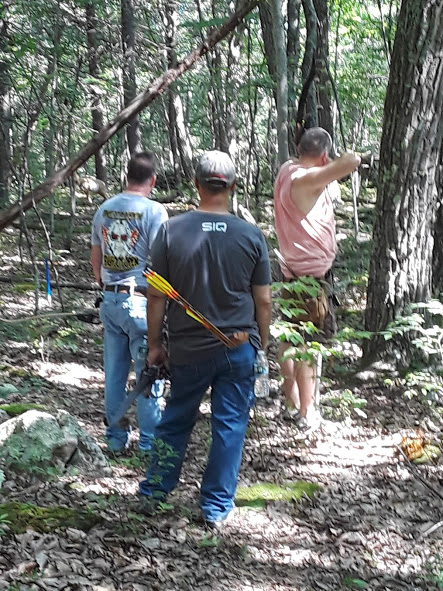
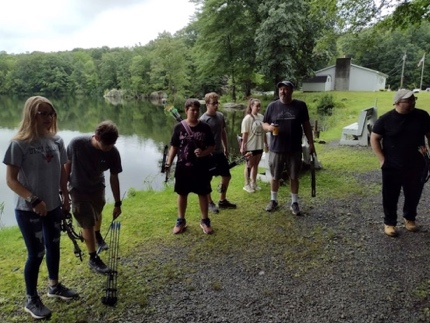
3D archery is a great way to get ready for an upcoming hunt, or to just have some fun. It can be practiced alone, with friends, or family. In fact, it’s common for young children to participate in 3D. It’s a great way to experience the outdoors and gain experience in shooting your bow in a realistic situation.
Before you head out to the range, there is some basic equipment you should bring with you. There’s no special 3D bow that you’ll need; just shoot the bow you’re most comfortable with or the bow you plan to hunt with. You must use field points (do not shoot broadheads at 3D targets!), 6 or more arrows, sunglasses, sunscreen, tick/mosquito repellant, an arrow removal tool, a quiver, range finder or binoculars, a stand for your bow, a towel for your hands and gear. Many outdoor shoots can be a mile or more in length, so it’s a good idea to bring something to snack on as well as some bottled water, but please don’t litter.
If you plan on shooting for score, a pencil and scorecard will normally be provided. Misses do happen and arrows will be lost. When you do miss the target, don’t take too much time looking for the lost arrow, as it will slow down the whole event.
Most ranges will charge a small fee for shooting, whether you’re competing or not. This money covers normal wear and tear on the targets and on the range.
When shooting for score, one arrow is shot at each target; the score is determined by where the arrow enters the target (the high score shots will be in the vital section of the animal you’re shooting at). Below is an example of what the ASA and IBO scoring rings look like.
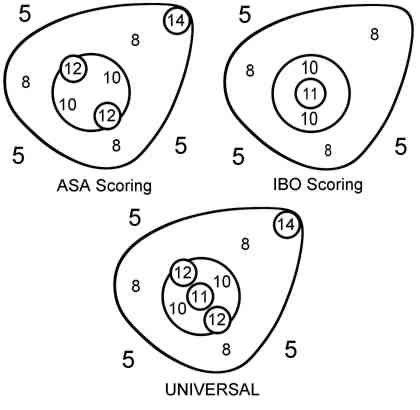
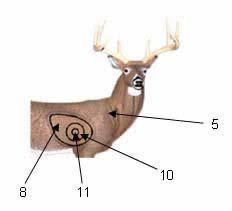
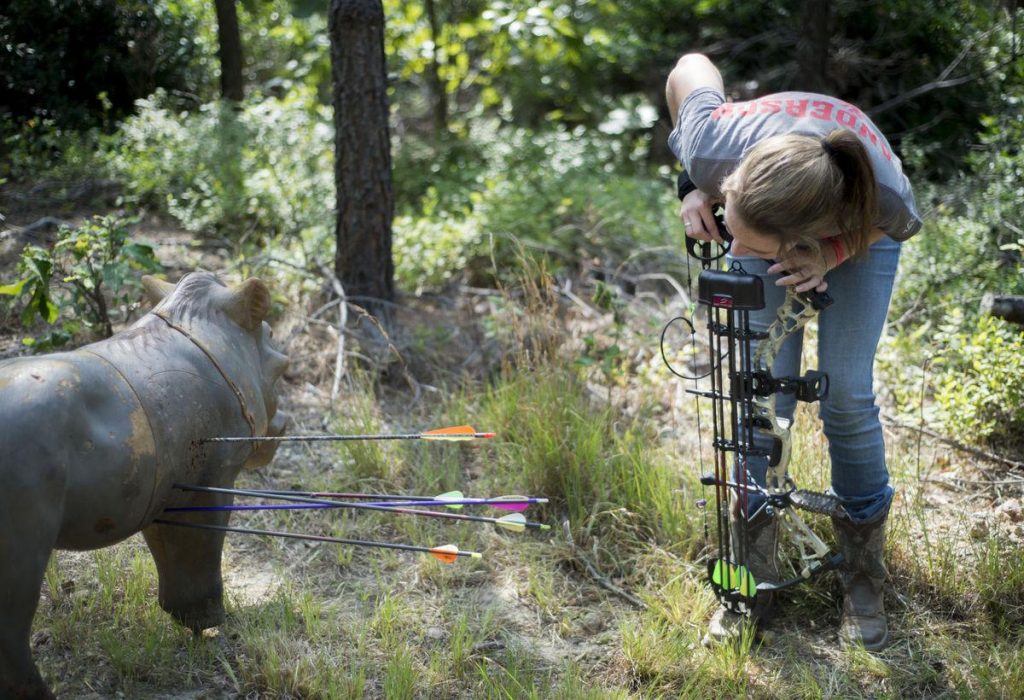
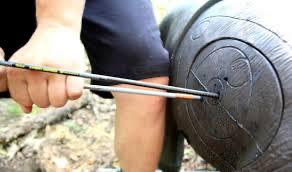
Most 3D shoots will have a variety of shooting stands per target to accommodate all skill levels and bows.

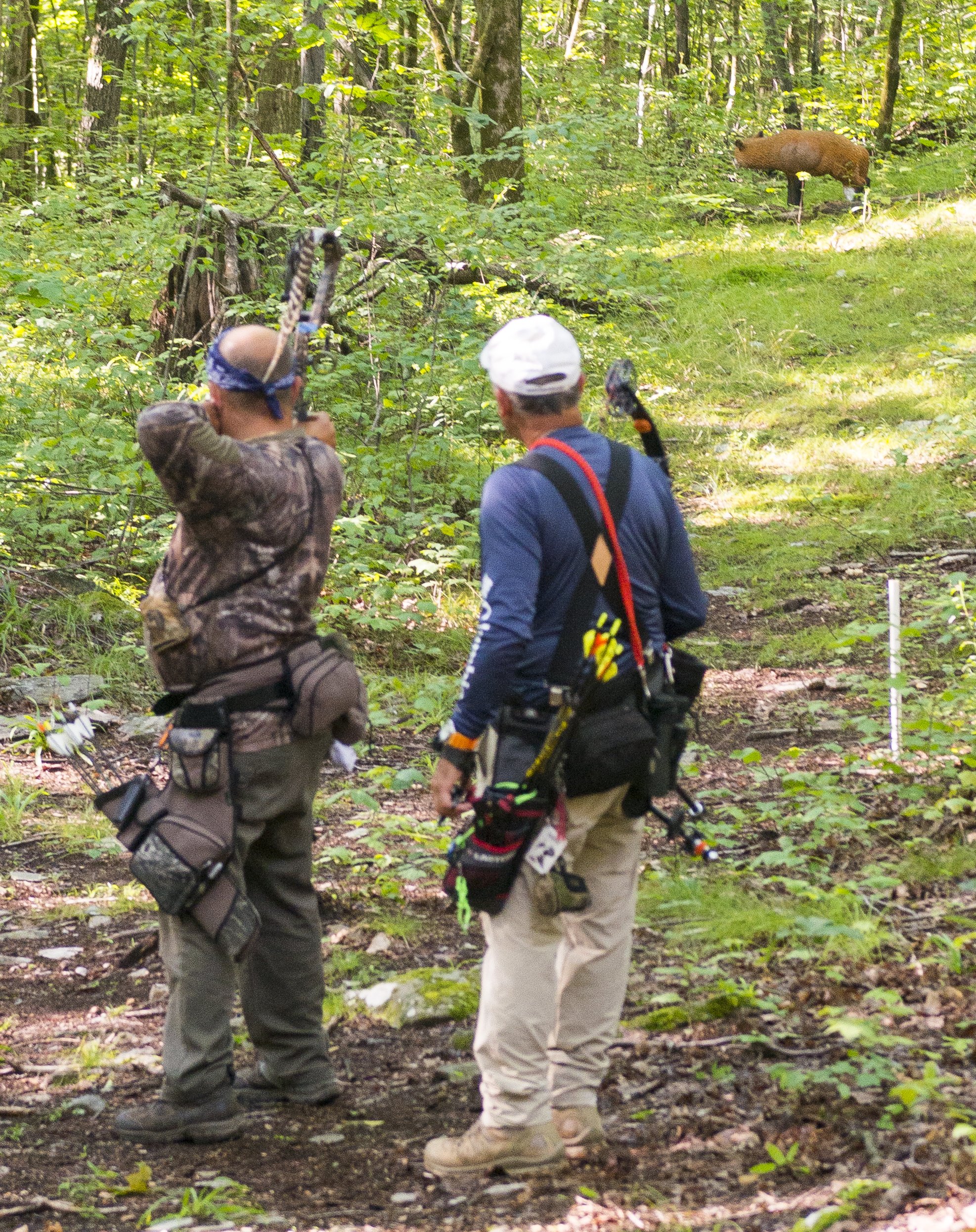

When shooting at a target it is wise to have a routine, a series of steps you follow to help you become comfortable and more consistent. These steps may be a little different for each person but once you start doing things in a way that works keep doing them the same way EVERY TIME.
It’s important to remember these shooting events are for fun and to help you improve. Bad shots will definitely come and you’ll more than likely miss a few targets. Don’t stress too much about those because they have happened to everyone at some point and they help you learn from your mistakes. So good luck to all you beginners and remember to have fun!
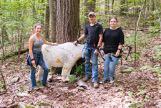





3D archery can make for a fun family outing